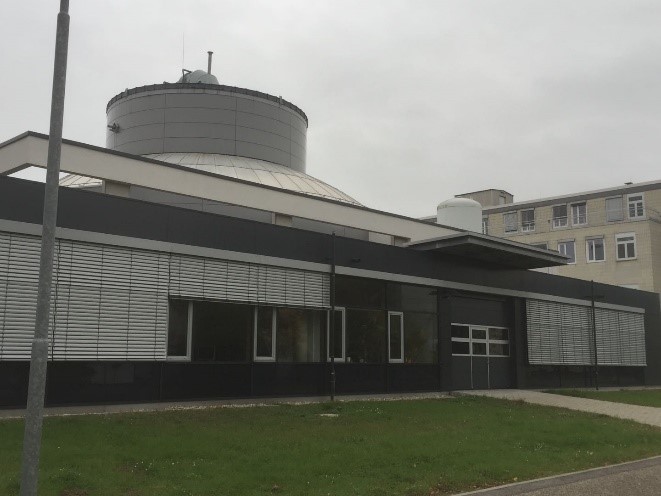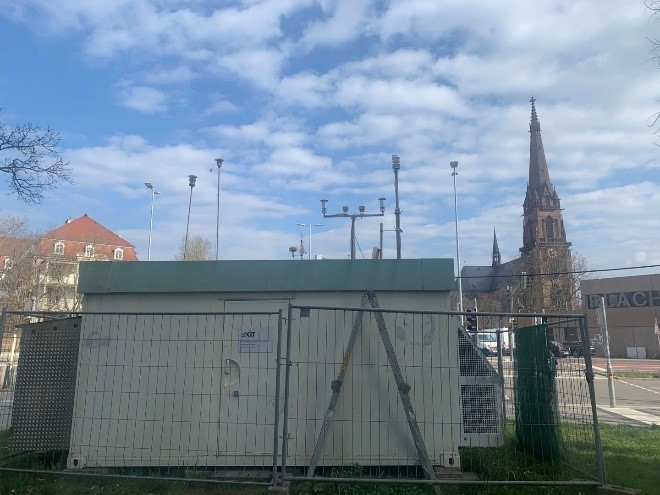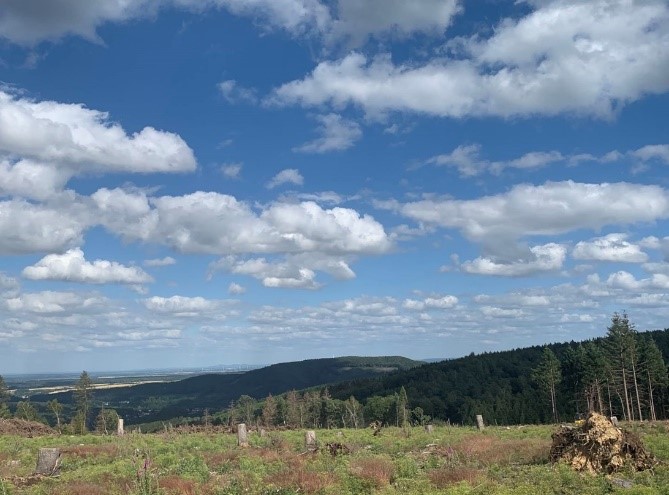Impacts of the interactions of biogenic and anthropogenic emissions on the physical and chemical properties of organic aerosol relevant for air quality and climate (extern at KIT-IMK-AAF)
- Date:2022
- Supervisor:
- Person in Charge:Junwei Song


 AIDA simulation chamber Measurement container at urban Karlsruhe Measurement at Nordeifel forest site
AIDA simulation chamber Measurement container at urban Karlsruhe Measurement at Nordeifel forest site
It is well known that both anthropogenic and biogenic sources can emit substantial amounts of reactive volatile organic compounds (VOCs) such as aromatics and terpenoids. After these VOCs are emitted, they react with oxidants (e.g., hydroxyl radical) to form secondary organic aerosol (SOA), which can be acted as cloud condensation nuclei. Therefore, VOCs and SOA play important roles in the air quality and climate change. However, the composition of VOCs and SOA are complex and their evolution processes are still not fully understood, which limit the predictions of SOA by the global transport models.
The research objectives of Junwei Song’s PhD topic are to (1) combine online mass spectrometers (HR-ToF-AMS and CHARON-PTR-MS) to quantitatively measure atmospheric organics including VOCs and bulk OA; (2) to determine the relative influence of biogenic and anthropogenic emissions on VOCs and OA; (3) elucidate the evolution processes of VOCs and OA from chamber simulations to field observations; and (4) to study the impact of anthropogenic emissions on cloud forming properties of SOA particles.
AIDA simulation chamber: http://www.imk-aaf.kit.edu/73.php
